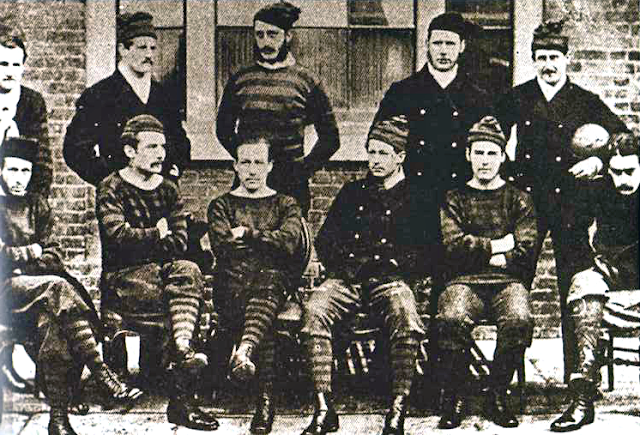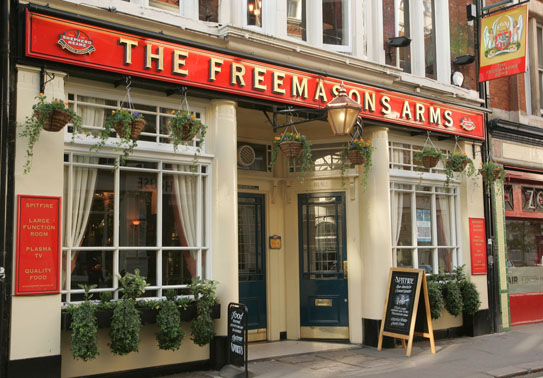The Oval - the first home of soccer
Since the dawn of religion, worshippers have venerated sacred places and objects in honour of a greater faith.
For football lovers, touring a city's stadium is akin to visiting its cathedral, and in the case of such hallowed grounds like the Bombonera, Camp Nou, Azteca or Maracana, who can disagree there is something transcendental about the arenas where unforgettable rites of football have taken place every week for years.
Since football plays such a huge role in many people's lives, it is therefore quite normal to place a symbolic, even holy significance on its past. To that end, England's Football Association recently commemorated the 140th anniversary of its first Challenge Cup Final, the world's oldest existing football competition, now known as the FA Cup.
The Wanderers beat the Royal Engineers (pictured) 1-0 in 1872 at the Kennington Oval, but the army side won the rematch 14 decades later on the same ground 7-1. Although Wanderers had only reformed in 2009, their history goes back to 1859 and they won the FA Cup five times, always as an amateur team.
The Oval (cap.23,000) is best known as a cricket stadium but is also one of the sacred homes of football for playing host to the first FA Cup final in 1872 and the first ever international match, a 1-1 draw between England and Scotland two years earlier.
Football fans visiting London are more likely to visit Arsenal's stadium at Ashburton Grove, Chelsea's at Stamford Bridge or Wembley, but the closest historic football ground the centre of the capital is in fact the Oval, about a mile as the crow flies from Big Ben.
A soccer afficionado's pilgrimage to London cannot also be complete without a pint in the Freemasons Arms at 81 Long Acre, Covent Garden, where the Football Association was formed after an upstairs meeting in 1863 between 13 London clubs with similar but varying rules of playing.
In fact, modern soccer as we know it was formally begun over half a dozen meetings in that pub over the next couple of months, after which some delegates could not agree on the rules and left to start a rival sport based on carrying the ball: The Rugby Union was formed eventually in 1871 involving Blackheath F.C., an invitee to the original F.A. talks, and football had split forever.
This explains why rugby football and by extension American football are so named to this day, despite being sports of the hand rather than the foot.
(c) Sean O'Conor & Soccerphile

.jpg)
